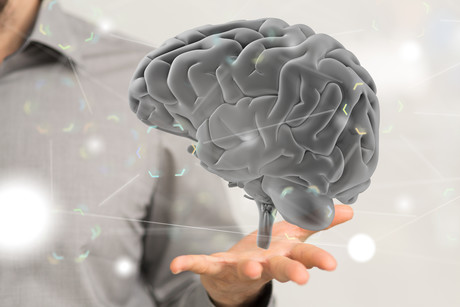A new theory on brain organisation

It has long been assumed that the structure of the human brain is organised by the parts of the body that each region controls, but new research indicates that there is more plasticity in this structure than we realise.
Researchers from University College London (UCL) have been scanning the brains of people born with one hand, while doing everyday tasks, and have come up with a new working theory on brain organisation.
Reporting in Current Biology, UCL’s Tamar Makin said: “Scientifically, I think one way to put our results in context is to say, what if the hand area is not the hand area per se, but just the part of the brain in charge of function ‘normally’ carried by that hand?”
The researchers found that the brain region normally associated with the missing hand would instead light up when other body parts were filling in for the missing hand, including arms, feet and mouth.
“The fact that we see such a striking different representation in that area in congenital one-handers might suggest that this is not actually the hand area,” said Makin.
Makin, along with Avital Hahamy from the Weizmann Institute of Science, Israel, has developed a working theory that brain organisation may be based on function rather than body part. This discovery could have major implications for developing better prosthetics.
“If we, as neuroscientists, could harness this process, we could provide a really powerful tool to better healthcare and society,” she said.
The researchers observed and filmed 17 people born with only one hand, alongside matched, two-handed controls, while performing a series of everyday activities. Functional MRI (fMRI) was used to scan the brains of participants while moving various body parts.
“We found that the traditional hand area gets used up by a multitude of body parts in congenital one-handers,” Makin said. “Interestingly, these body parts that get to benefit from increased representation in the freed-up brain territory are those used by the one-handers in daily life to substitute for their missing-hand function.”
Makin said these processes are quite restricted by the time we reach adulthood, but observing how this plasticity occurs spontaneously in people born with one hand may allow researchers to encourage the brain to represent and control artificial body parts.
Funding for this research was provided by the Swiss National Science Foundation, the Natural Sciences and Engineering Research Council of Canada, a Boehringer Ingelheim Fonds travel grant, an Israeli Presidential Bursary, The Cogito Foundation, the Wellcome Trust and the Royal Society.
Mini lung organoids could help test new treatments
Scientists have developed a simple method for automated the manufacturing of lung organoids...
Clogged 'drains' in the brain an early sign of Alzheimer’s
'Drains' in the brain, responsible for clearing toxic waste in the organ, tend to get...
World's oldest known RNA extracted from woolly mammoth
The RNA sequences are understood to be the oldest ever recovered, coming from mammoth tissue...



